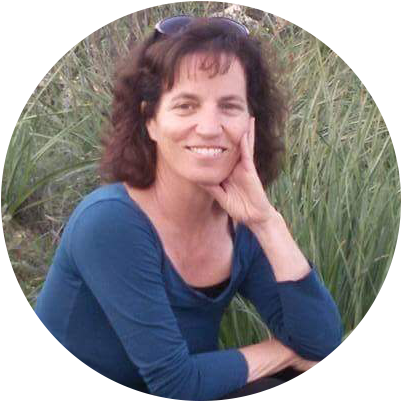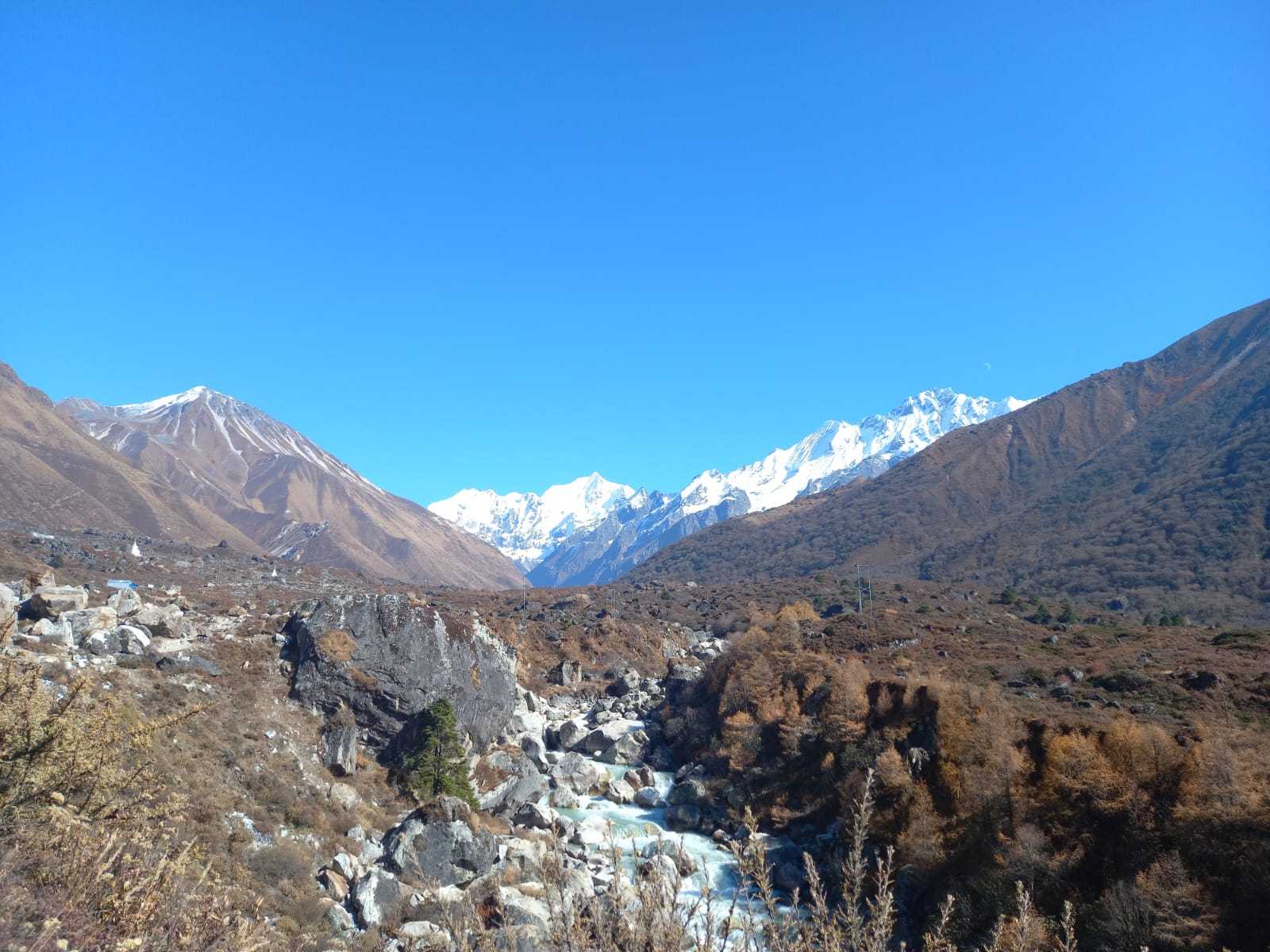Best Season for the Langtang Helambu Trek
The best seasons to embark on this adventure are spring (March to May) and autumn (September to November). Both seasons have their own good and bad aspects. Spring offers warm weather and colourful flowers blooming all around, making the trek more scenic, whereas autumn offers clear skies and pleasant temperatures. You also need to keep in mind the bad aspects of both seasons. Spring holds chances of rain, which will require extra preparation, and the trek can be crowded in the autumn due to festivals and hiking season. The perfect season depends on your preference for weather and crowd level.
Arrival and Visas
Upon your arrival at Tribhuvan International Airport in Kathmandu, you’ll swiftly obtain your visa. Airport staff will be at your assistance for the whole procedure. We advise you to carry cash for a visa, which will ensure a smooth transaction. After you acquire a visa, our Red Rose team will warmly welcome you to Nepal and transfer you to your comfortable hotel, where you can rest and prepare for the trek ahead.
Difficulty of the Langtang Helambu Trek
The Langtang Helambu Trek presents quite a difficult challenge, both physically and mentally. The altitude will reach up to 4610 metres, which demands a physically fit body and previous trekking experiences. The trail is mostly well maintained, which is not something to be worried about, but the steep ascents, diverse terrain, and weather conditions can make you worry.
Altitude Sickness
First, we would like to inform you that altitudes greater than 3000 metres pose a risk of altitude sickness, followed by symptoms like headaches, fatigue, vomiting, and nausea. Second, we would like to inform you that our experienced guides are well trained to manage such situations effectively. Lastly, we suggest you follow healthy practices like staying hydrated, taking adequate rest, and taking things slowly to reduce the chance of altitude sickness.
Food and Accommodation
We will ensure you are eating healthy, delicious food and staying in the most comfortable guest houses that any checkpoint offers. You will be accommodated in comfortable guest houses that offer basic amenities due to the remoteness of the trek. Every guest house offers a new culture to learn, unique and traditional hospitality, and a chance to immerse in the local culture. These guest houses are run by local families that offer you wholesome meals featuring dal bhat and fresh seasonal vegetables, which helps you acclimatise to the altitude quickly.
Personal Expenses on Trek
The standard package we offer you covers almost all essential expenses, including meals, accommodations, permits, and transportation costs within Nepal. However, we would like to inform you that any additional snacks, drinks, and charges at accommodations for extra services are not included within the package. Also, tips are expected for porters and guides, but it depends on your gratitude. We encourage our trekkers to be clear about all these things beforehand.
Safety during the Trek
Your safety will be our first priority throughout the trek. The trek demands both physical and mental strength, but with our expert guides, the trek will be somewhat easy to conquer. They prioritise your wellbeing, and in the event of a critical situation, they will evacuate you to the nearest health care facility. We will even arrange for a helicopter if the situation demands it. Your trekking insurance will be essential for covering those expenses.
A typical day at the Trek
Each day on the trek begins with an early, breathtaking view of the sunrise over the Himalayas while enjoying your warm breakfast. The trek will usually involve 5-7 hours of hiking as we traverse through diverse landscapes, charming villages, and lush jungles. Upon reaching the guest houses where we will end the day’s journey, we will have opportunities to interact with locals, learn about their cultures, and rest for the night after a warm and delicious dinner.
Electricity, WiFi, and ATM facilities during the trek
The trekking takes you through the remote regions of Langtang and Helambu, which have their own raw beauty of nature, but it comes with limitations in the facilities. As we guest houses at higher altitudes rely on solar power for electricity, access to electricity and WiFi might be very limited at higher altitudes. Additionally, there are minimal to no ATM facilities along the trekking route, so we suggest you carry enough cash to cover your personal expenses.







